In the Global Economic Prospects, the World Bank raised its global growth forecast for 2024 by 0.2% to 2.6%, which matches the pace of 2023. Growth is expected to rise slightly to 2.7% in both 2025 and 2026, but still well below the pre-pandemic average of 3.1%.
“In a sense, we see the runway for a soft landing,” said World Bank Deputy Chief Economist Ayhan Kose. “That’s the good news. What is not good news is that we may be stuck in the slow lane.”
The report includes an alternative scenario where persistent inflation in advanced economies keeps interest rates about 40 basis points higher than the baseline forecast, potentially cutting 2025 global growth to 2.4%.
For the US, the World Bank now predicts 2.5% growth in 2024, consistent with the 2023 rate and up from January’s forecast of 1.6%. Growth is expected to slow to 1.8% in both 2025 and 2026.
In the Eurozone, growth is projected to accelerate to 0.7% in 2024, unchanged from previous forecasts, and then increase to 1.4% in 2025 before slightly dipping to 1.3% in 2026.
Japan’s growth forecast for 2024 has been revised down to 0.7% from 0.9%, due to weak consumption and slowing exports, though growth is expected to improve to 1.0% in 2025 and 0.9% in 2026.
China’s growth forecast for 2024 has been upgraded to 4.8% from 4.5%, driven by increased exports. However, growth is expected to decline to 4.1% in 2025 and 4.0% in 2026, due to weak investment, low consumer confidence, and a struggling property sector.
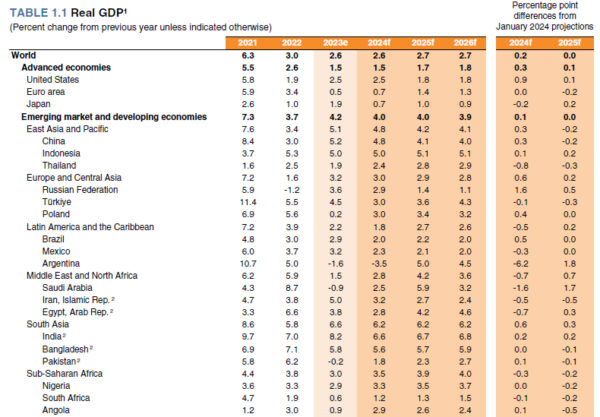
Full World Bank Global Economic Prospects here.




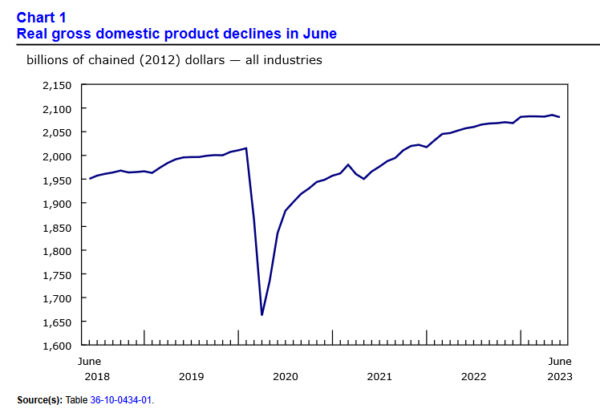
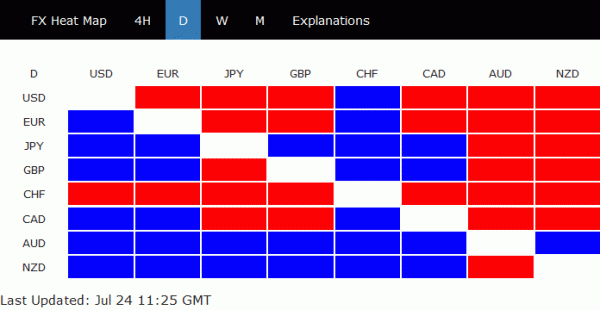
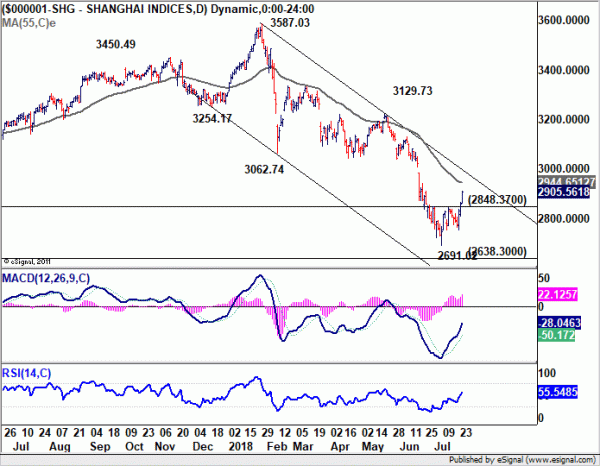
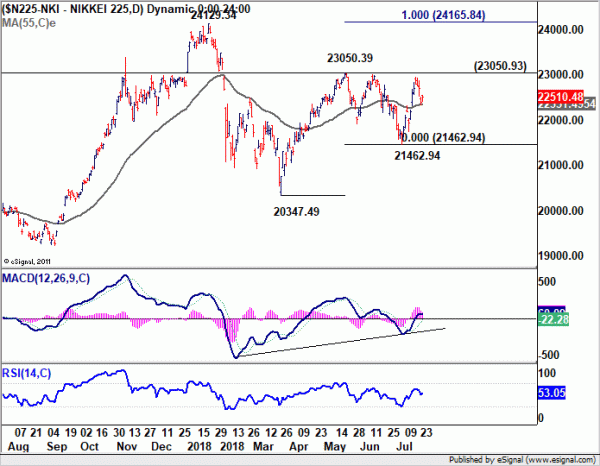
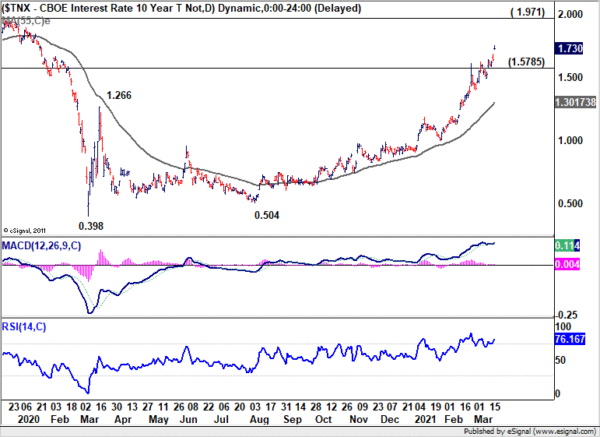
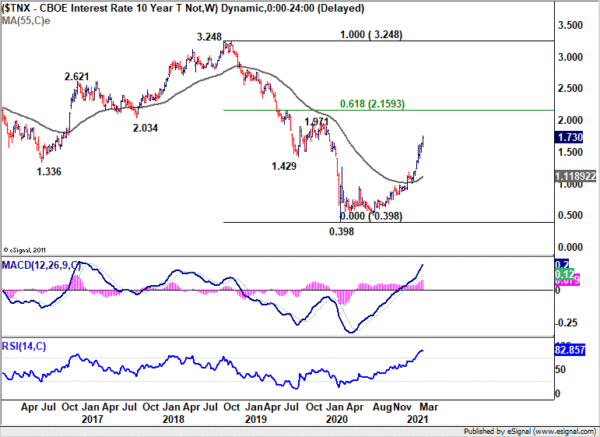
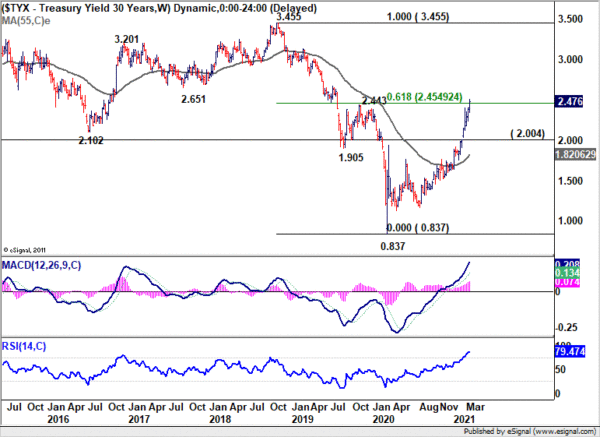
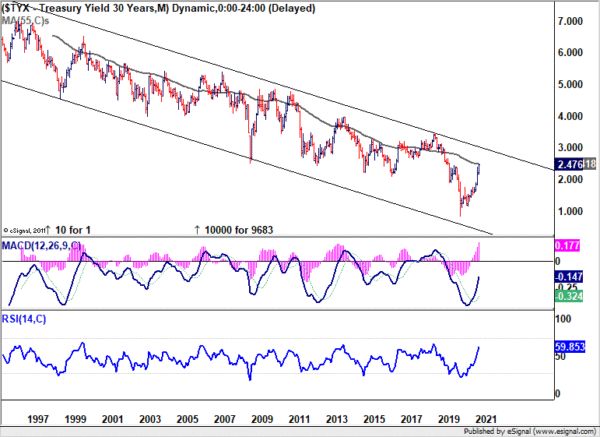
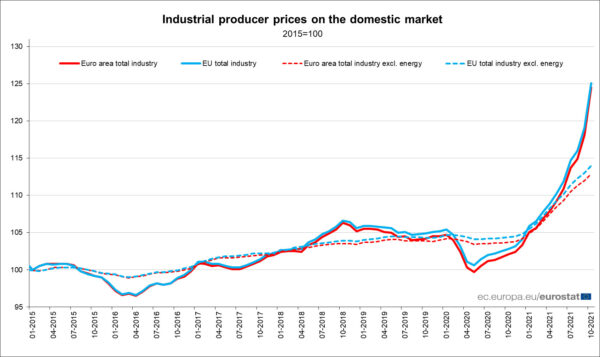
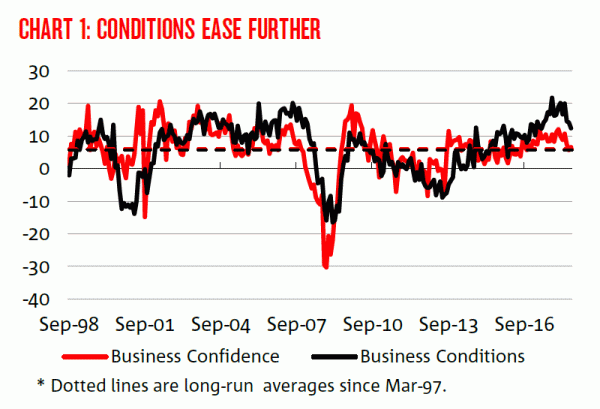


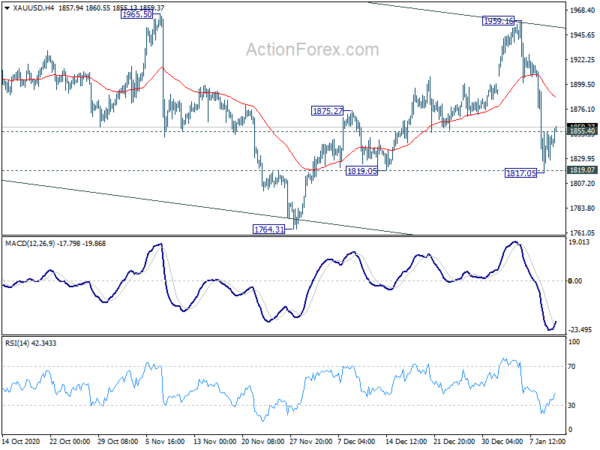
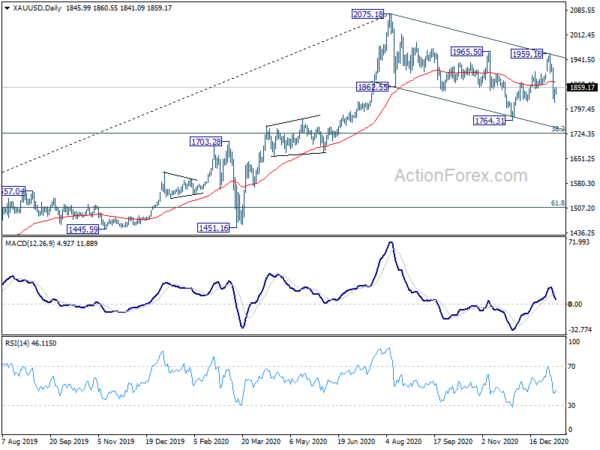
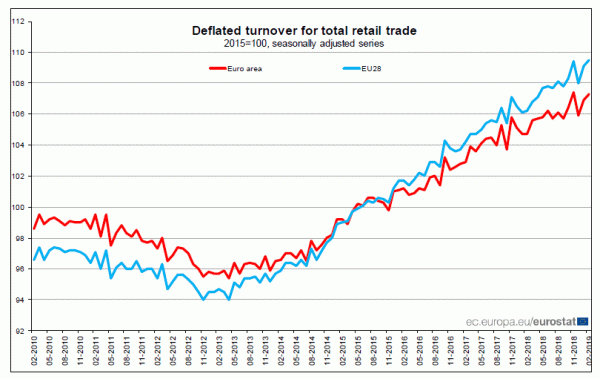
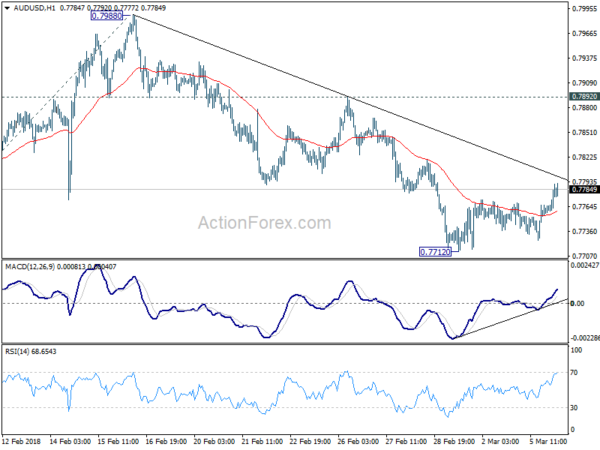

Eurozone PMI manufacturing finalized at 58.3, worsening supply chain situation
Eurozone PMI Manufacturing was finalized at 58.3 in October, slightly down from September’s 58.6. But that’s still the lowest level since February. Readings of individual states remained generally strong: Netherlands at 62.5, Ireland at 62.1, Italy at 61.1, Austria at 60.0, Greece at 58.9, Germany at 57.8. Spain at 57.4, France at 53.6.
Chris Williamson, Chief Business Economist at IHS Markit said:
“Eurozone manufacturers reported a worsening of the supply chain situation in October, which curbed production growth sharply during the month. Average delivery times for raw materials lengthened at a rate exceeded only twice in almost a quarter of a century of survey data as companies reported demand once again running ahead of supply for a wide variety of inputs and components. Production constraints at suppliers were reported alongside a growing list of logistical issues. These include a lack of shipping containers and inadequate freight capacity, port congestion, driver shortages and broader transport delays linked mainly to the pandemic.
“These shortages have led to the weakest rise in factory output since the recovery began in July of last year, and also pushed inflationary pressures to new survey highs, raising further questions about just how transitory the recent spike in inflation will be.
“Business confidence also lost some ground to hit a one-year low in October, as increasing numbers of producers grew concerned about the supply situation and the impact of rising costs and prices, adding to the indications that manufacturers face some challenging months ahead.”
Full release here.